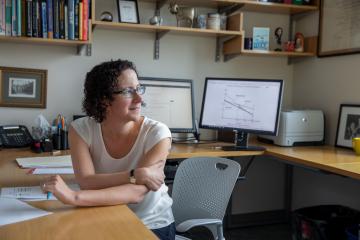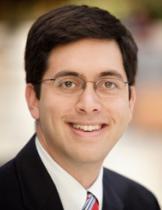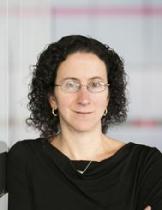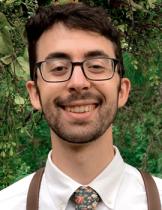
Introducing Matthew Notowidigdo, new co-scientific director of J-PAL North America
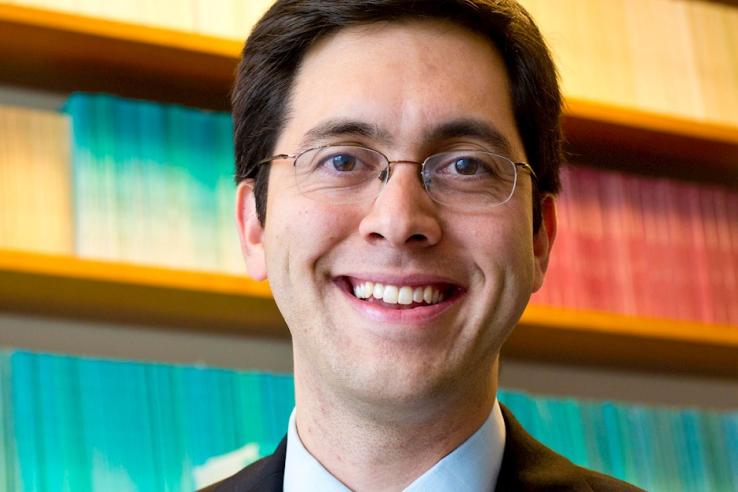
Matt Notowidigdo is joining Amy Finkelstein as co-scientific director of J-PAL North America, replacing outgoing co-scientific director Larry Katz. In this interview, Matt discusses his background and previous work with J-PAL North America, and Matt and Amy outline their priorities and goals for their work together as co-scientific directors.
Matt, we are thrilled to welcome you as our new J-PAL North America co-scientific director. Can you tell us about your research interests and experience with randomized evaluations?
Matt: I studied computer science as an undergraduate, but I knew before I graduated that I was more interested in economics. I then worked at an investment bank for two years before I made the commitment to pursue a PhD in economics, originally intending to focus on corporate finance. Instead, I started working as a research assistant on a study about Medicare policy and technology, and the rest was history. I became a health economist and developed three main research interests: labor, health care, and consumer finance.
I did my first randomized evaluation when I was an assistant professor. It was a resume audit study that aimed to quantify discrimination in the job market against people who had been unemployed for a long time. That kind of discrimination was something a lot of people were talking about in the aftermath of the great recession, so we wanted to add some new evidence to the conversation.
The study turned out well and the paper was well-received, but the experiment itself was very difficult to manage. J-PAL North America, and the resources J-PAL has developed to support researchers doing RCTs, didn’t exist yet. After that I didn’t want to do another randomized evaluation.
Then, Amy reached out to me about collaborating with Benefits Data Trust to evaluate the impact of their Supplemental Nutrition Assistance Program (SNAP) outreach and assistance program. Amy and I worked with John Tebes (a PhD student at the time, now an assistant professor at Notre Dame and a member of J-PAL’s research network) and Laura Feeney (who was at the time Amy's research manager, and is now J-PAL North America’s co-executive director). I absolutely loved it. Having J-PAL support and working with collaborators with RCT experience made such a big difference. I’ve since worked on randomized evaluations of managed care organizations, a sectoral employment program that equips low-wage adults with the skills needed to build careers in the tech sector, online delivery of mental health care, and other health and labor questions.
Amy, what excites you most about having Matt as J-PAL North America’s new co-scientific director?
Amy: When Larry and I were helping launch J-PAL North America ten years ago, we actually used Matt’s resume audit study and subsequent disillusionment as an example of the problem we wanted to solve: researchers who were interested in doing randomized evaluations needed access to support and resources so the experience wouldn’t be as daunting. So, one major reason I’m excited to work with Matt is that he really understands the value of J-PAL’s work to enable more, higher-quality randomized evaluations through services like Research Management Support and research resources, and I know he’ll bring some really great ideas on that front.
In addition, he’s an accomplished researcher and excellent communicator. He cares deeply about making economics a more inclusive field. He’s supported mentoring programs and mentored undergraduate students in economics and early-to-mid-career scholars who are underrepresented in the social sciences. All of these experiences and skills are directly relevant to our mission at J-PAL North America.
Matt, why did you decide to take on this new role?
Matt: I’ve been thinking about where J-PAL’s existing core expertise in catalyzing randomized evaluations can be supplemented. We know that rigorous qualitative methods can be integrated into impact evaluations; J-PAL affiliated researchers have done so to great effect. I can envision J-PAL playing a key role in gathering and sharing information about how to do this well.
I’m also excited to think about how J-PAL North America can help researchers and policymakers combine and interpret evidence from multiple sources to inform policy decisions. Finally, I’m eager to help support and guide J-PAL North America’s work to build more equitable and inclusive pathways into economics careers.
This transition comes as J-PAL North America approaches our ten-year anniversary. What direction do you both see the organization heading in our next decade as we pursue our mission of reducing poverty by ensuring that policy is informed by scientific evidence?
Amy: We can continue to expand in new directions based on the strengths and interests of our staff and affiliated researchers. Matt mentioned his interest in broadening our existing work to expand equitable pathways into economics through the Economics Transformation Project and other efforts. I’m also excited for J-PAL North America to do more work focused on racial equity, including catalyzing more rigorous evidence to identify effective approaches in addressing racial disparities and supporting equitable and inclusive research practices.
Matt: In addition to what Amy said, I’m looking forward to exploring ways to expand and diversify the kinds of Research Management Support services J-PAL North America offers to early-stage randomized evaluations. I’ve always thought that support was a really cool idea and an interesting model.
Amy: Whenever these “what’s next?” questions come up, it’s also important to remember that J-PAL North America has already built something very good that is achieving important goals. When we started this ten years ago, our original priorities were to catalyze more randomized evaluations, make it easier to do them well, and ultimately inform policy to impact people’s lives for the better. We’ve been doing that for ten years and succeeded beyond my wildest dreams. So in some ways our most important priority is to keep doing what we’ve been doing so well—and to draw on the strength of our staff, research network, and partners to make the next ten years even stronger than the first.
Related Content

Get to know J-PAL North America’s co-executive directors
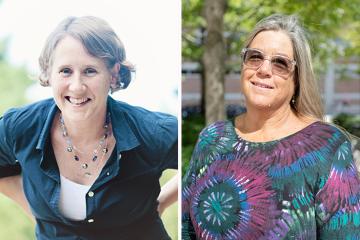
Get to know J-PAL North America’s associate directors of policy and research
